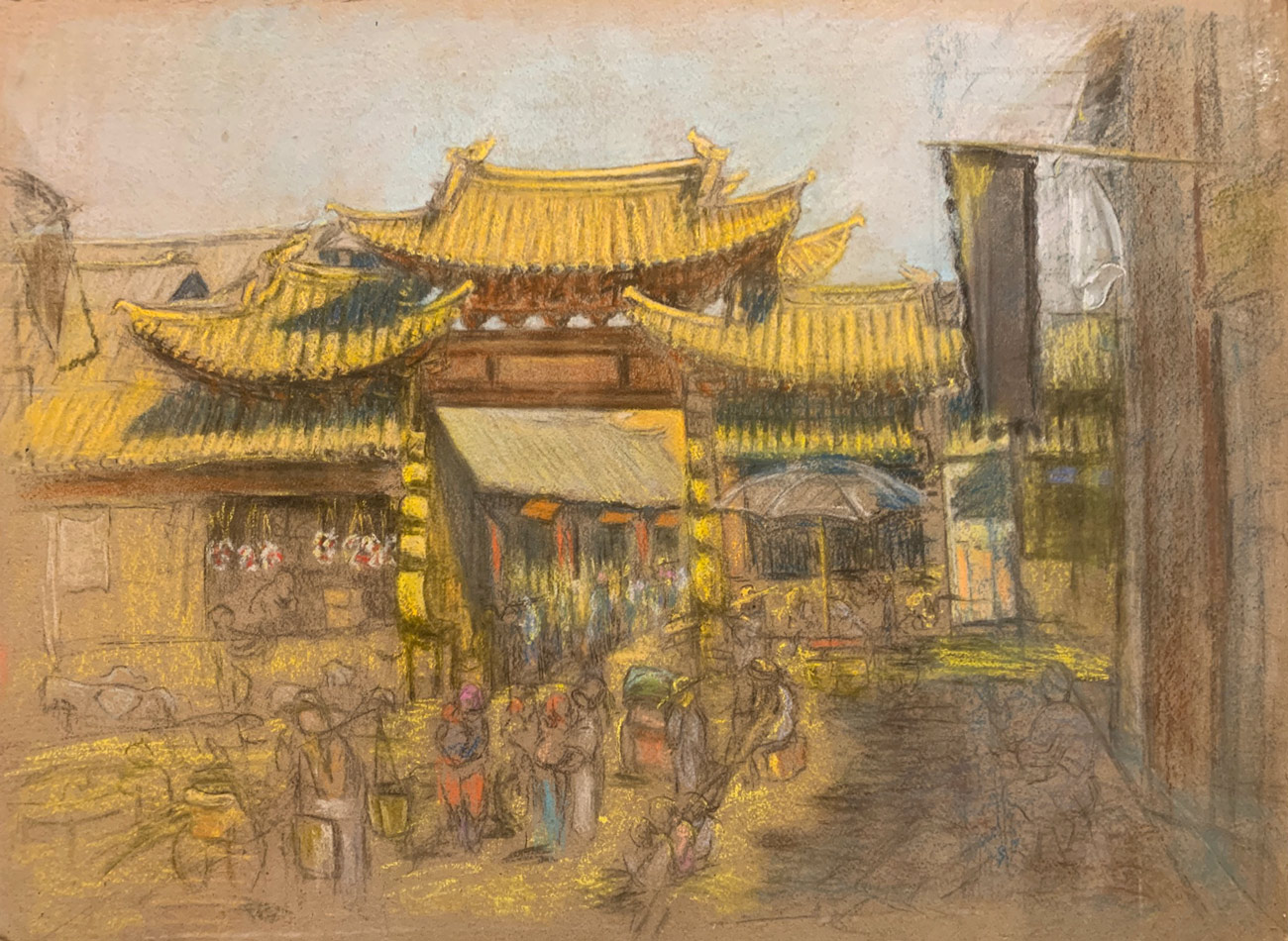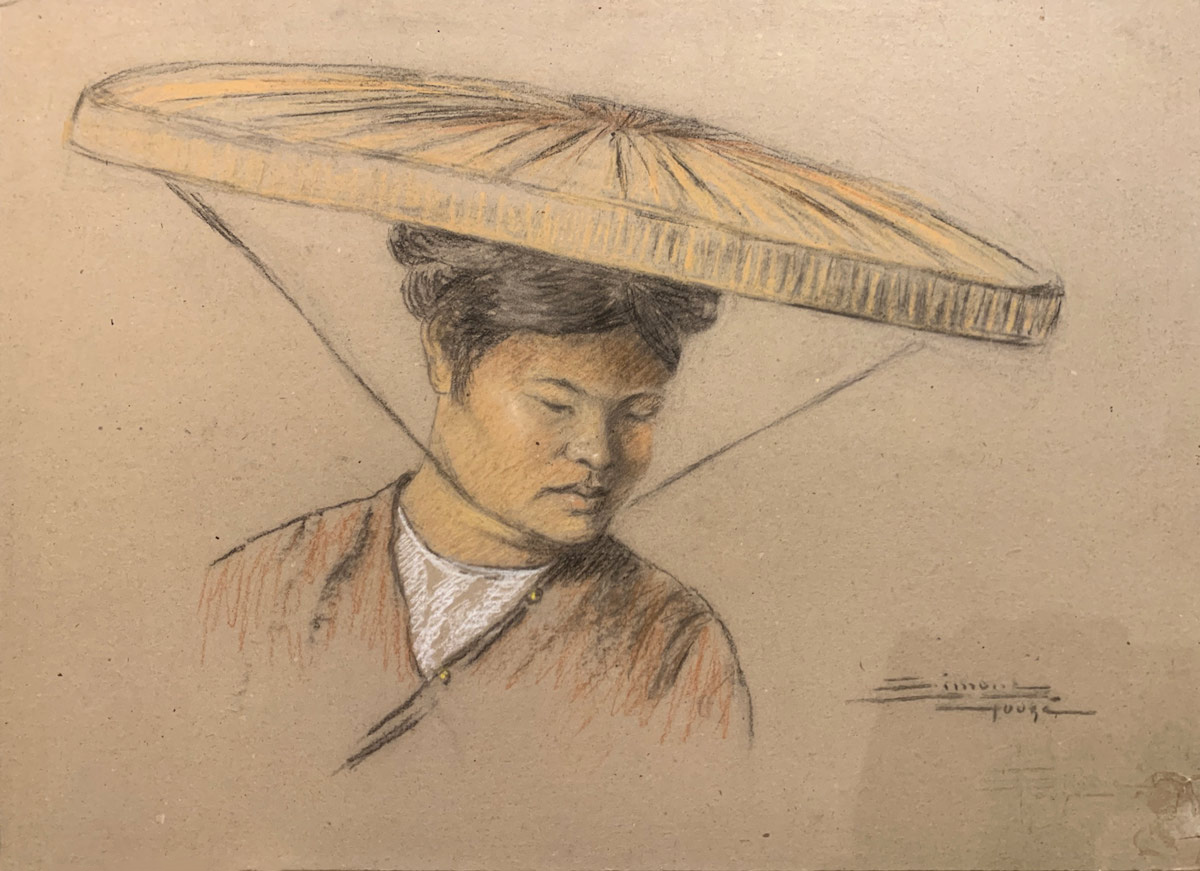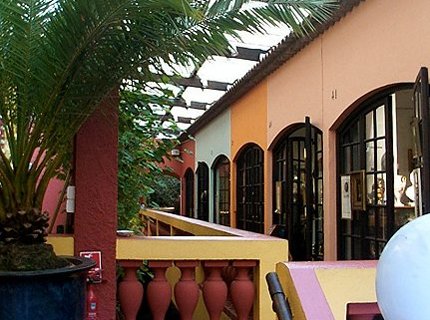Simone Gouzé, China in the early 30’s, seen through the eyes of a French Artist and Explorer
The art world is currently re-evaluating female artists and pioneers who had been forgotten by history books. French artist and explorer Simone Gouzé can be added to the list of those whose talent and courage deserves a due recognition.
As the first European woman who traveled to the Yunnan mountains, she is to fine arts in China what prominent explorer and writer Alexandra Davide Néel was to literature and Tibet. Through her life, trips, and the numerous representations of China that she has left behind, we now discover the singular look that a French artist in the 1930’s casts on the world around her.




